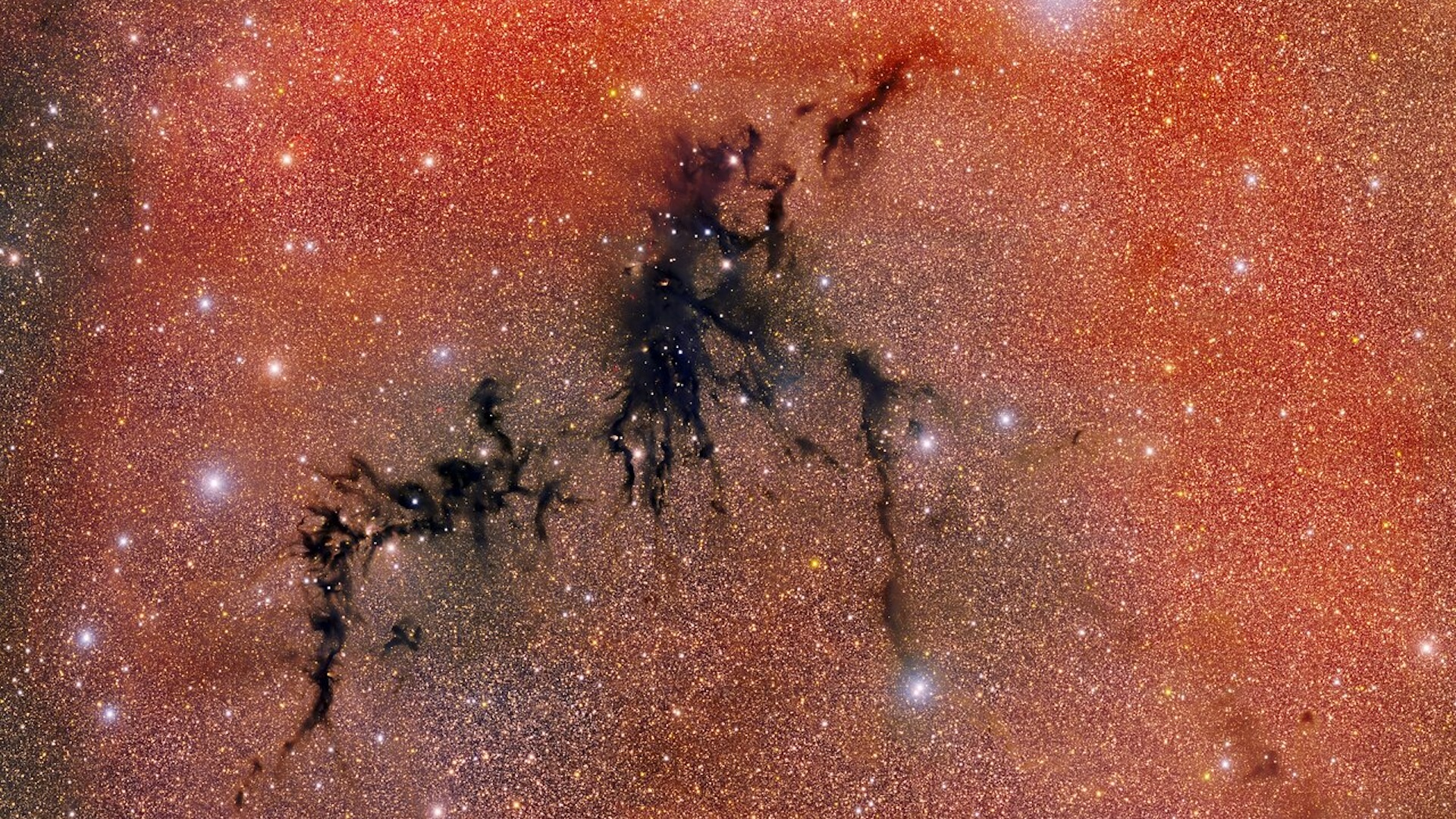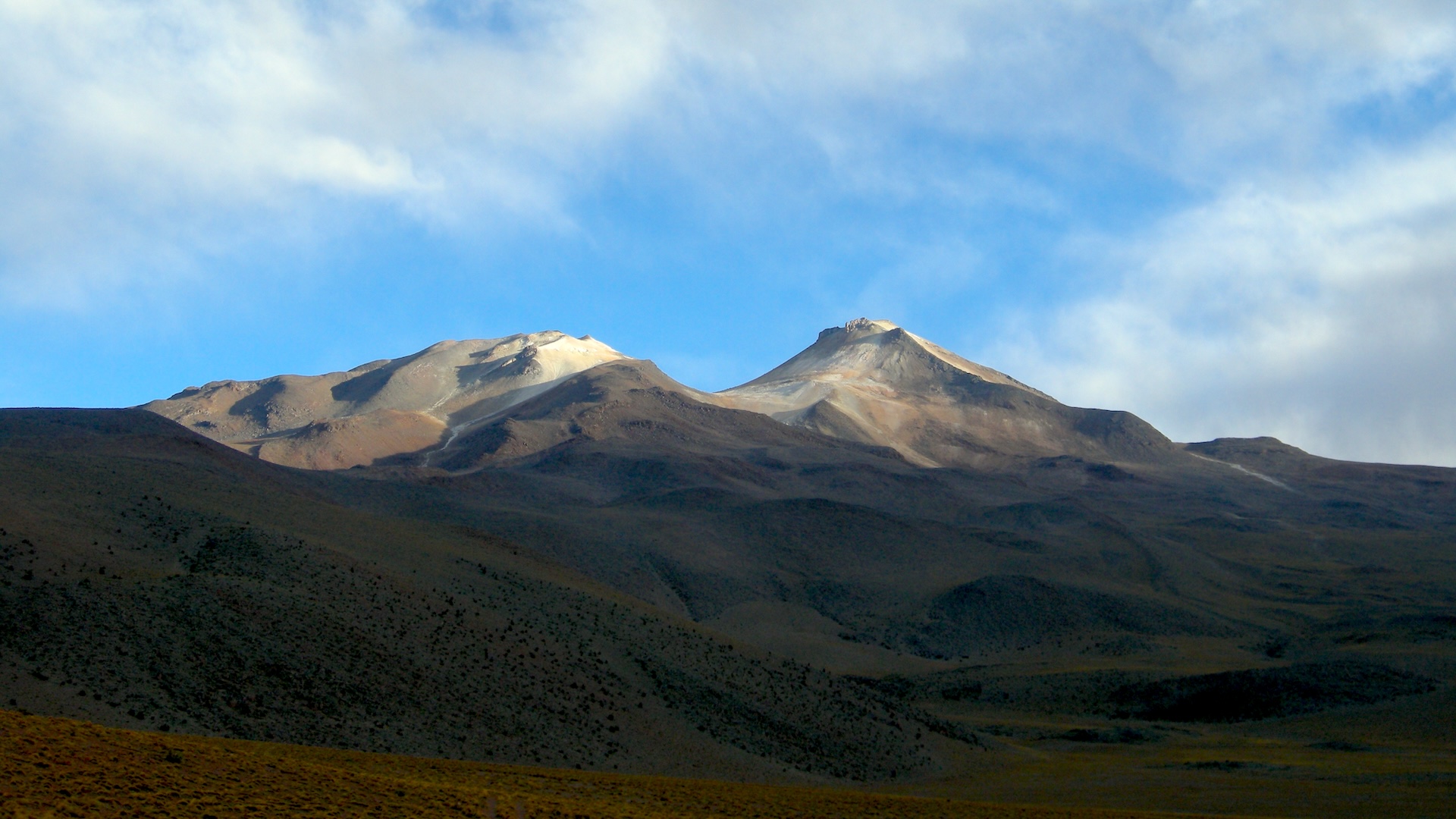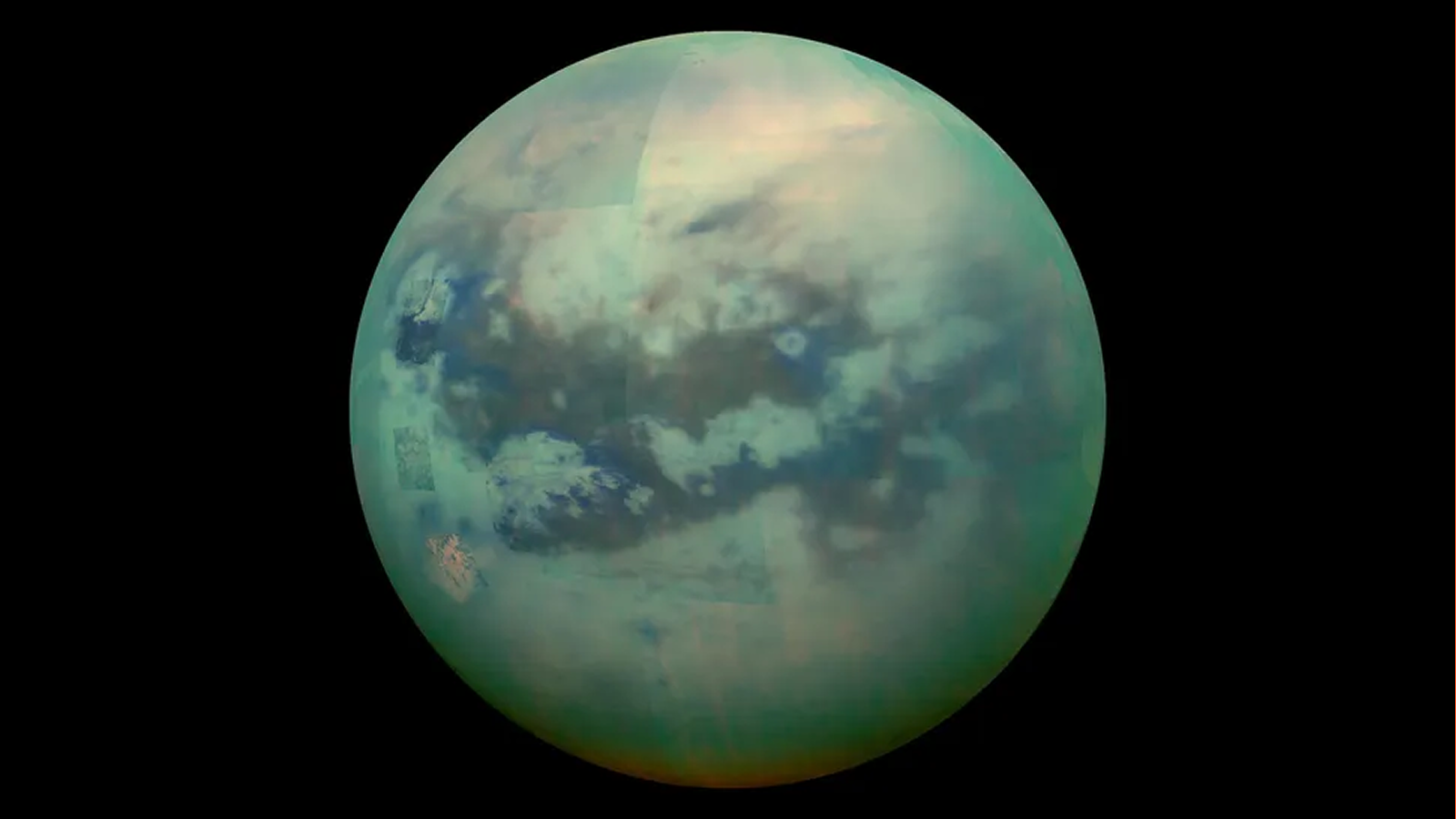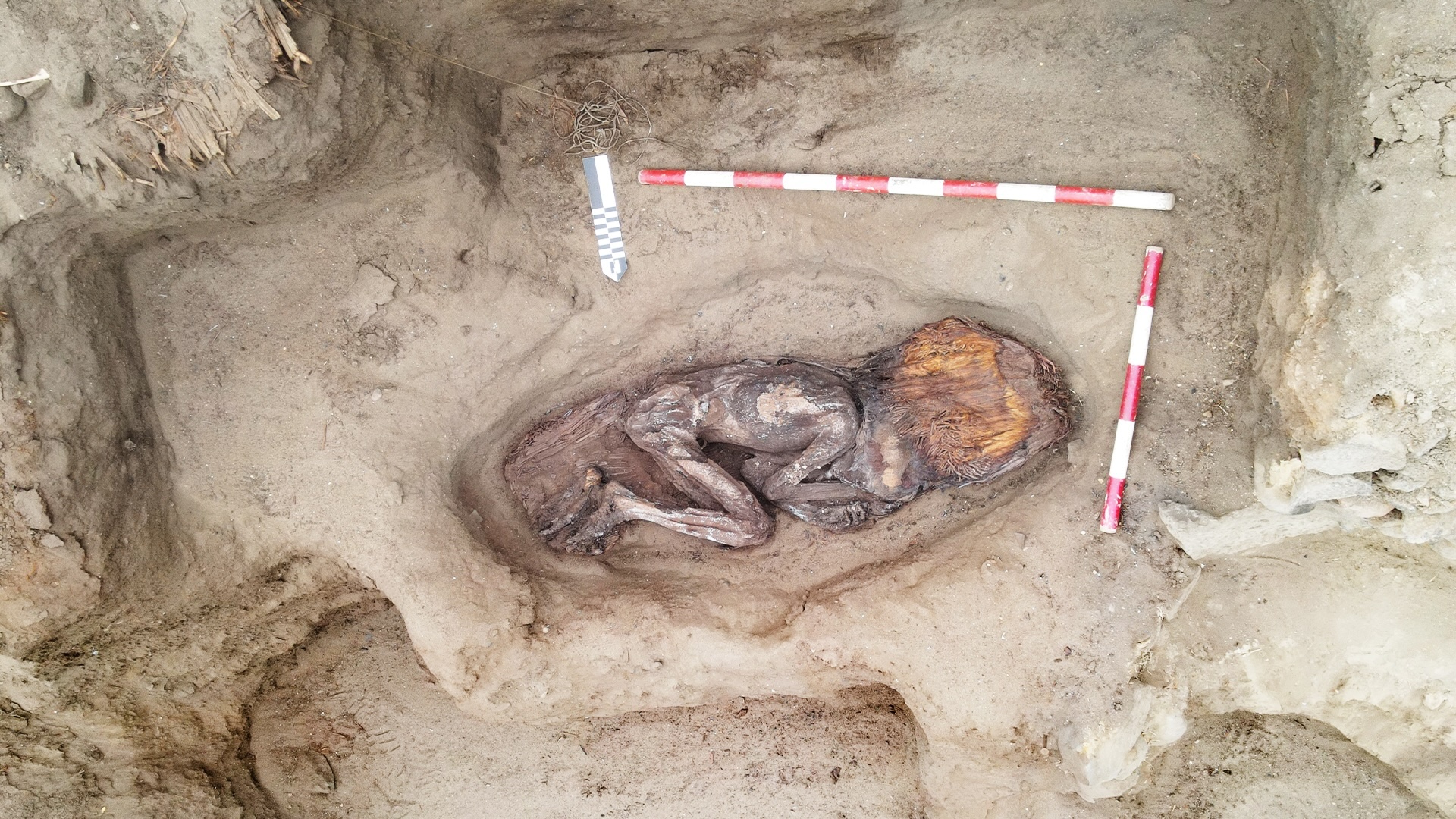China uses 'gravitational slingshots' to save 2 satellites that were stuck in the wrong orbit for 123 days
Chinese engineers have rescued two satellites that were stuck in the wrong orbit using a novel 'gravitational slingshot' method.
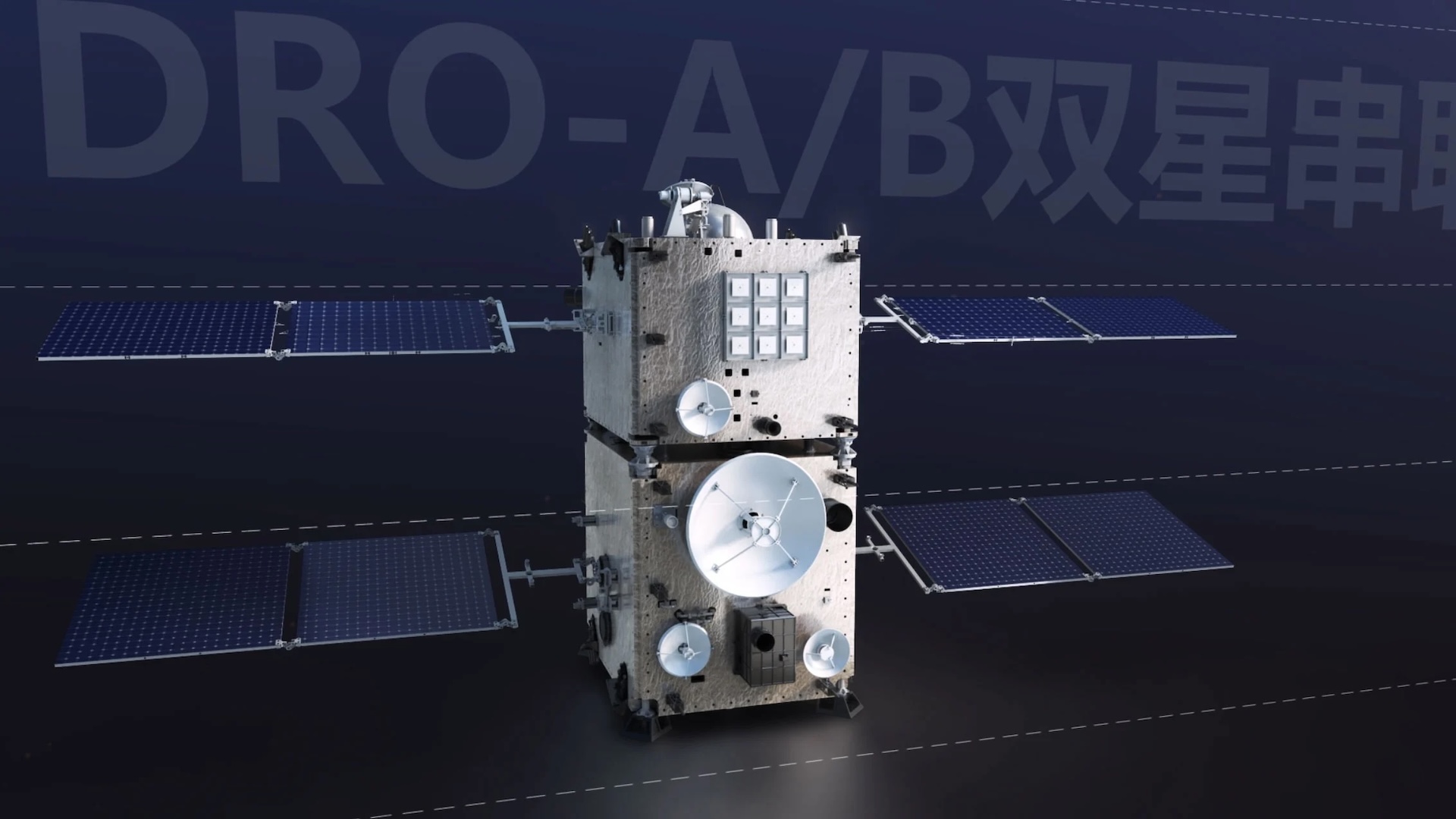
On March 15th at 8:15 p.m. Beijing time (March 14th at 8:42 p.m. EDT; 5:42 p.m. PDT), China launched two satellites atop a Yuanzheng-1S mounted on a Long March-2C rocket. While the first and second stages were successful, a technical launch with the upper stage prevented the satellites from reaching their intended orbit. Several months of rescue attempts followed as Chinese engineers tried to find a solution, which included deorbiting the satellites so they would burn up in the atmosphere.
According to a recent story by CGTN, the satellites were "rescued" after 123 days using a gravitational slingshot maneuver. In short, the engineers used the gravity of Earth, the Moon, and the Sun to guide the satellites to their proper orbits. Their efforts saved the satellite mission and demonstrated a maneuver that could be a game-changer for deep-space navigation. The mission also highlights the cutting-edge technology involved, since the satellites are part of a constellation that could enable autonomous spacecraft piloting beyond Earth orbit.
The launch glitch surprised the teams at the Technology and Engineering Center for Space Utilization (CSU), which leads the space mission. Shortly thereafter, a team of engineers confirmed the status of the two satellites, which were much closer to Earth than planned and spinning out of control. The satellites were partly damaged during the failed launch, so they could not absorb enough sunlight to accomplish a corrective maneuver. Luckily, the engineers eventually found a solution.
Related: How many satellites orbit Earth?
Zhang Hao, a CSU researcher whose team led the rescue effort, explained in an interview with CGTN Digital:
"That was the first launch mission I watched, and I didn't think about [the] launching glitch at first. If the satellites were destroyed, that would have been a waste of the years of effort that we put in and the money invested in the mission. It would also be a mental blow to the team. Luckily, that's not the case. We divided into two teams. One team remotely controls the satellites' thrusters to slow down the spinning. The other team, my team, calculated the best route to move the satellites back on track."
The DRO-A and DRO-B satellites have joined the previously launched DRO-L spacecraft to form a constellation that will provide navigation services for spacecraft. According to statements by fellow CSU researcher Mao Xinyuan, these satellites will allow ground controllers to locate a spacecraft in three hours. This is a significant reduction from the two to three days it takes to locate spacecraft using current land-based positioning. Mao further claims that the spacecraft will allow them to pilot uncrewed spacecraft and enable autonomous piloting.
Sign up for the Live Science daily newsletter now
Get the world’s most fascinating discoveries delivered straight to your inbox.
These satellites are part of China's plans for increasing its presence around Earth and the Moon. The addition of autonomous piloting will also be useful as China begins sending crewed missions to the Moon (planned for 2030) and launching payloads to support its proposed International Lunar Research Station (ILRS).
The original version of this article was published on Universe Today.

Matt Williams is a science communicator, journalist, writer, and educator with over 20 years of experience in education and outreach. His articles have appeared in Universe Today, Interesting Engineering, HeroX, Phys.org, Business Insider, Popular Mechanics, and other notable publications. He is the host of Stories from Space, a weekly podcast about the past, present, and future of spaceflight, and a science fiction author with multiple published titles.
You must confirm your public display name before commenting
Please logout and then login again, you will then be prompted to enter your display name.
